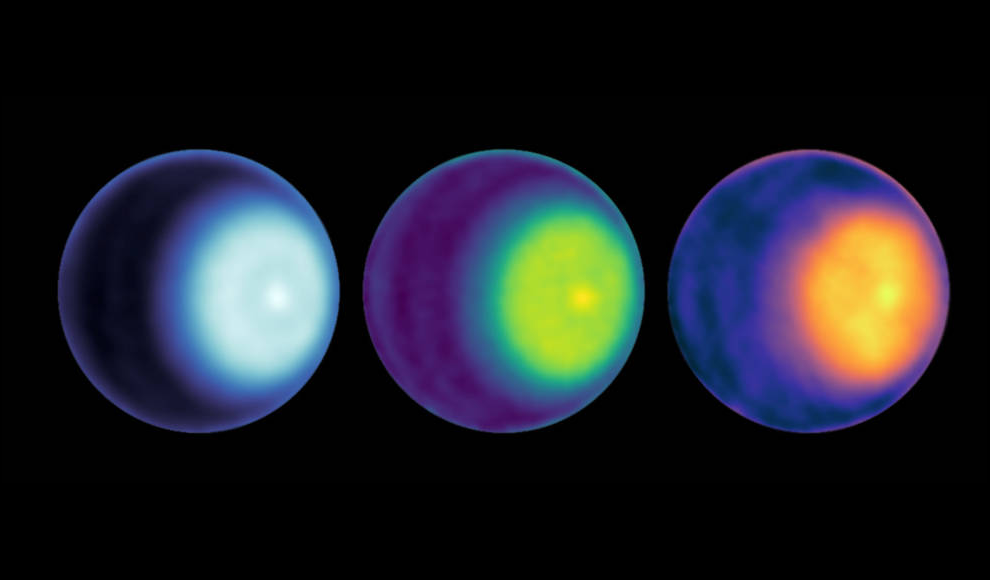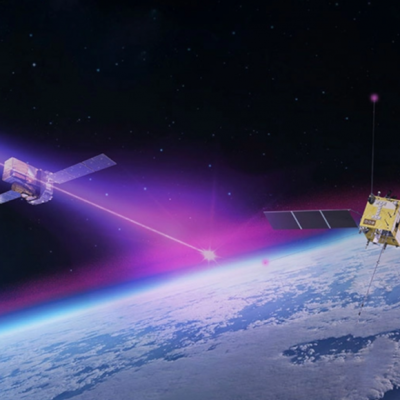The Uranus planet has been found to have strong polar vortex storms, according to a recent study. This discovery confirms that all planets in our solar system with a significant atmosphere have vortexes at their poles. The research was conducted by the Jet Propulsion Laboratory (JPL) of NASA, and it was led by Alex Akins. The team analyzed radio waves from the ice planet and found evidence of polar vortex storms. The study was published in the Geophysical Research Letters journal.
Previous investigations of the Uranus planet by the NASA Voyager 2 probe revealed that wind movements in the polar center of Uranus are faster than at the other pole. This led astronomers to believe that there are strong vortex storms at the south pole of Uranus. However, infrared measurements from the probe did not detect any temperature fluctuations that would confirm the existence of polar vortex storms. The JPL team used massive radio telescopes to observe the ice giant’s clouds and found that the moving air at the north pole is apparently warmer and drier, typical characteristics of a strong vortex storm.
The vortex storm on Uranus is compact and has a warm, dry core, similar to those discovered by the NASA Cassini probe on Saturn. With this new discovery, vortex storms have now been identified at the poles of all planets in our solar system, except for Mercury, which has no significant atmosphere. Unlike hurricanes on Earth, vortex storms on Uranus and Saturn do not form over water and do not drift; they are fixed at the poles. The researchers will continue to observe how this newly discovered vortex storm on Uranus develops in the coming years.










